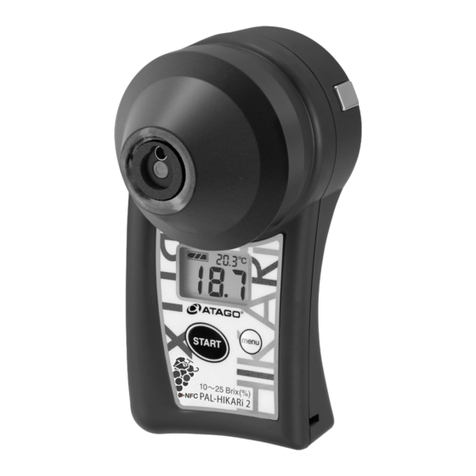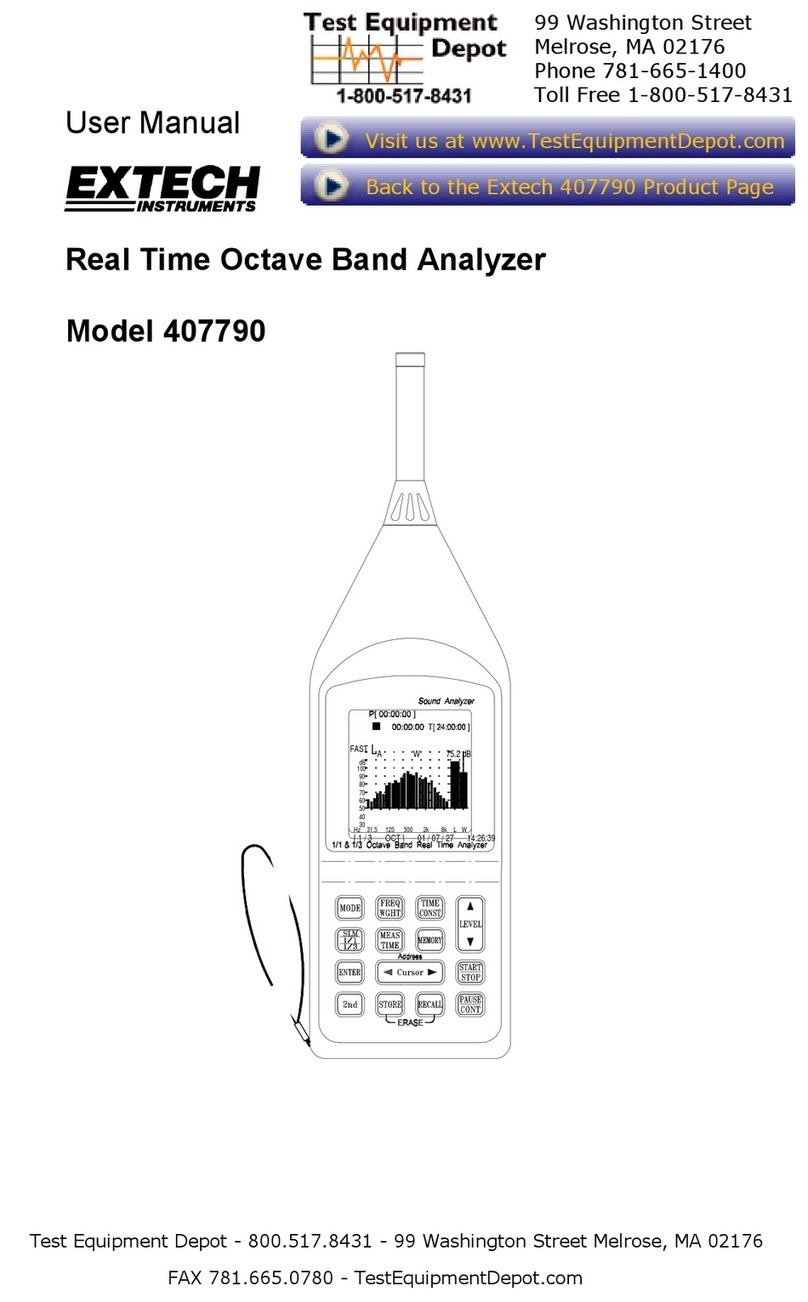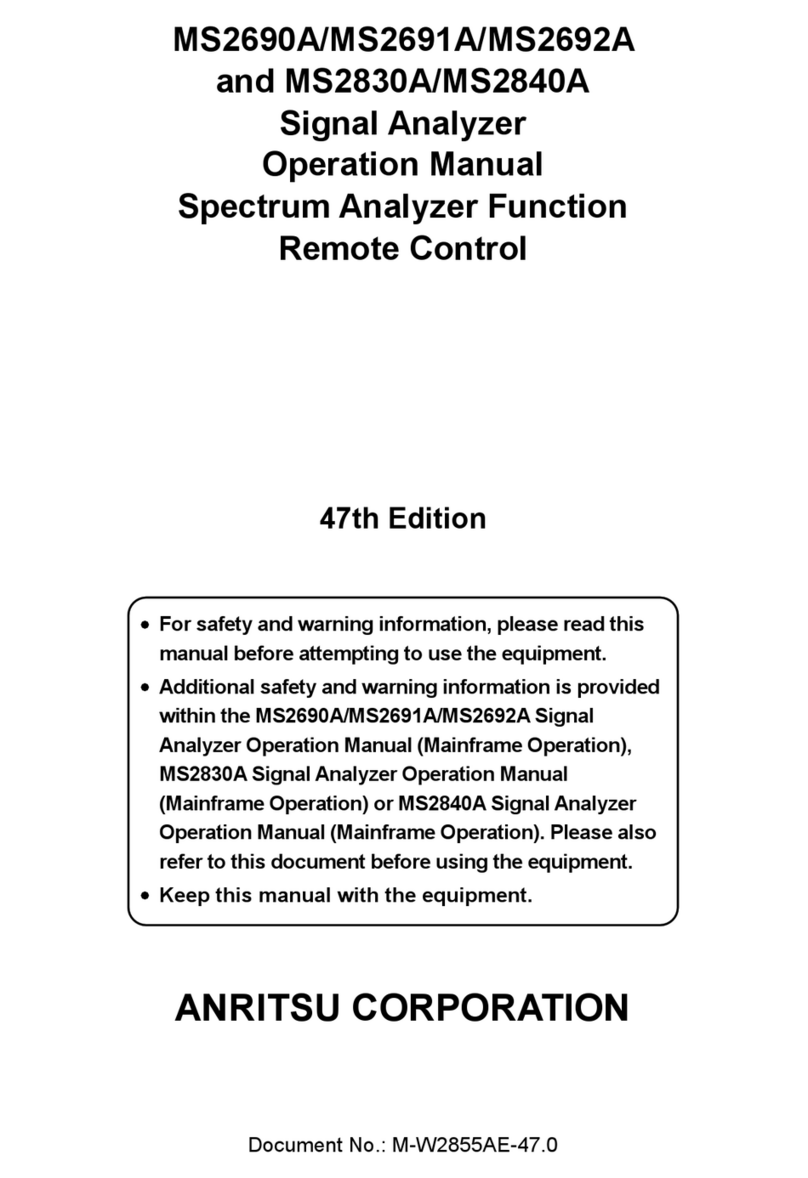Interscan Corporation 4000 Series User manual




















Other manuals for 4000 Series
2
Table of contents
Other Interscan Corporation Measuring Instrument manuals
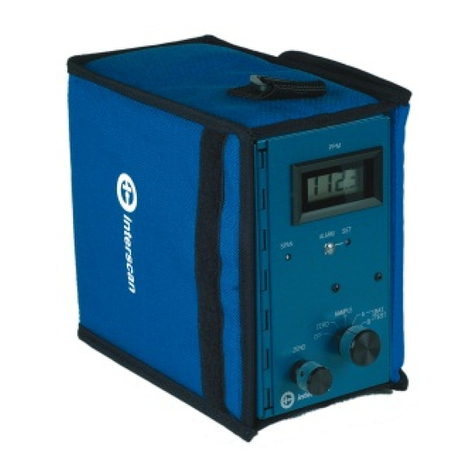
Interscan Corporation
Interscan Corporation 4000 Series User manual

Interscan Corporation
Interscan Corporation 4000 Series User manual
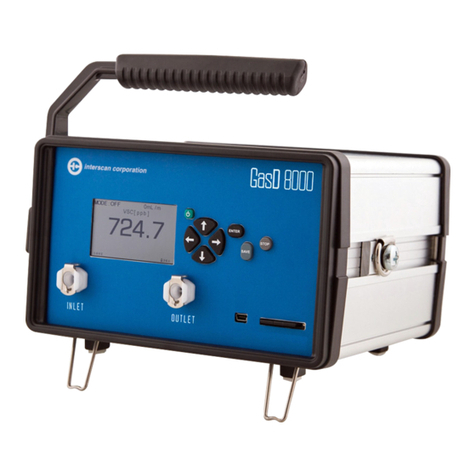
Interscan Corporation
Interscan Corporation GasD 8000 Series User manual
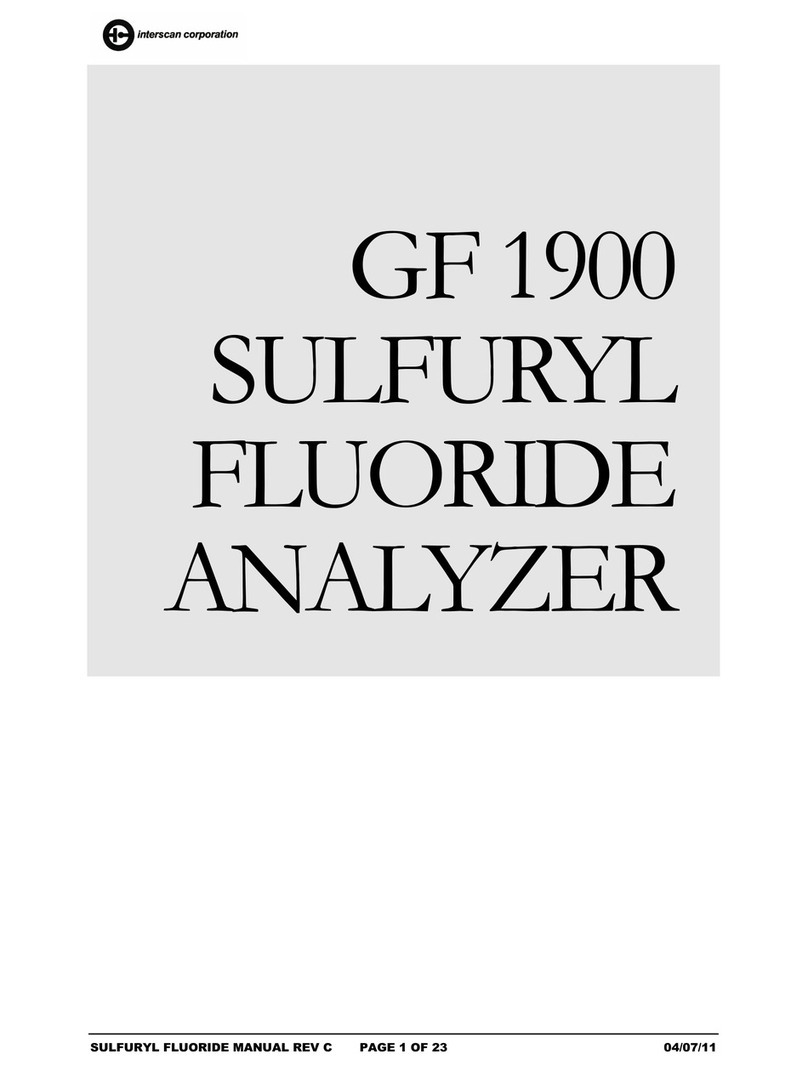
Interscan Corporation
Interscan Corporation GF1900 User manual
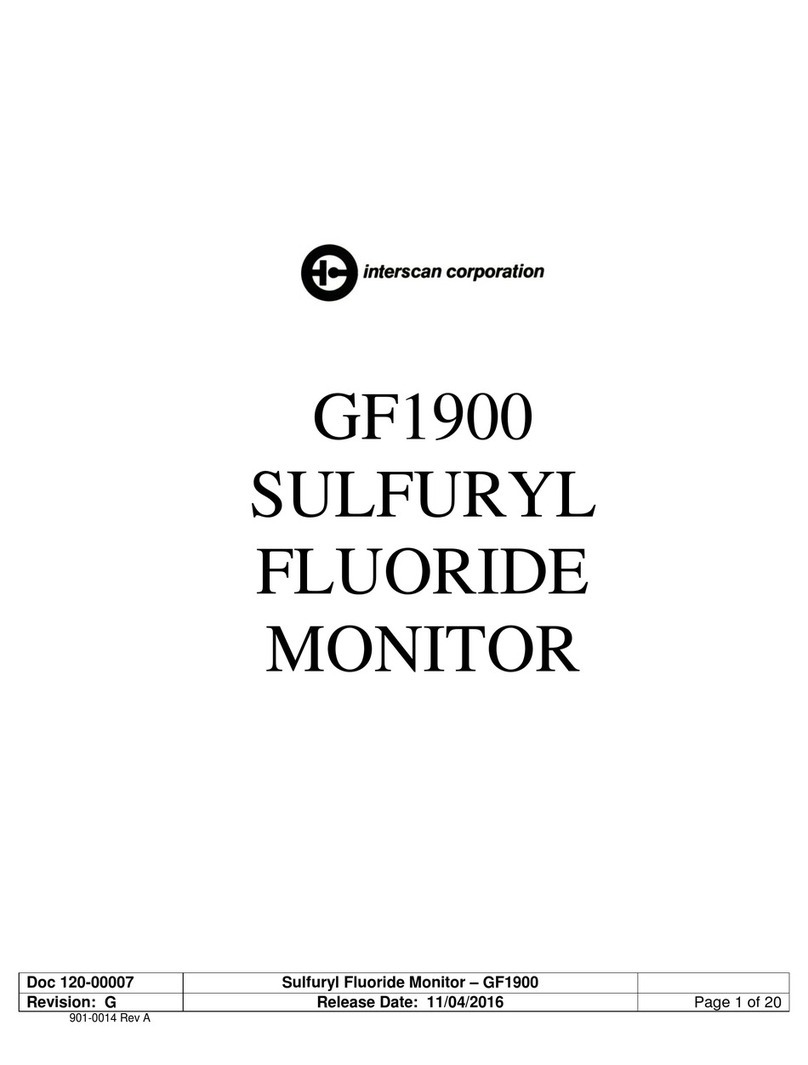
Interscan Corporation
Interscan Corporation GF1900 User manual
Popular Measuring Instrument manuals by other brands
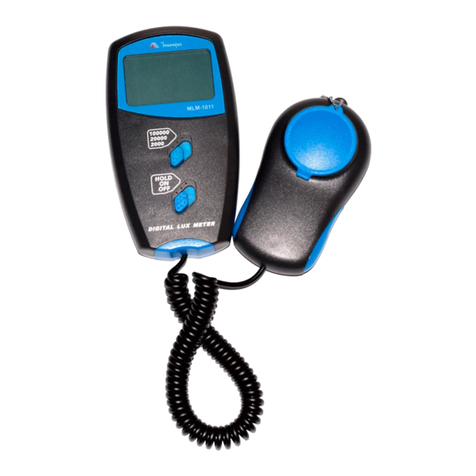
Minipa
Minipa MLM-1011 instruction manual
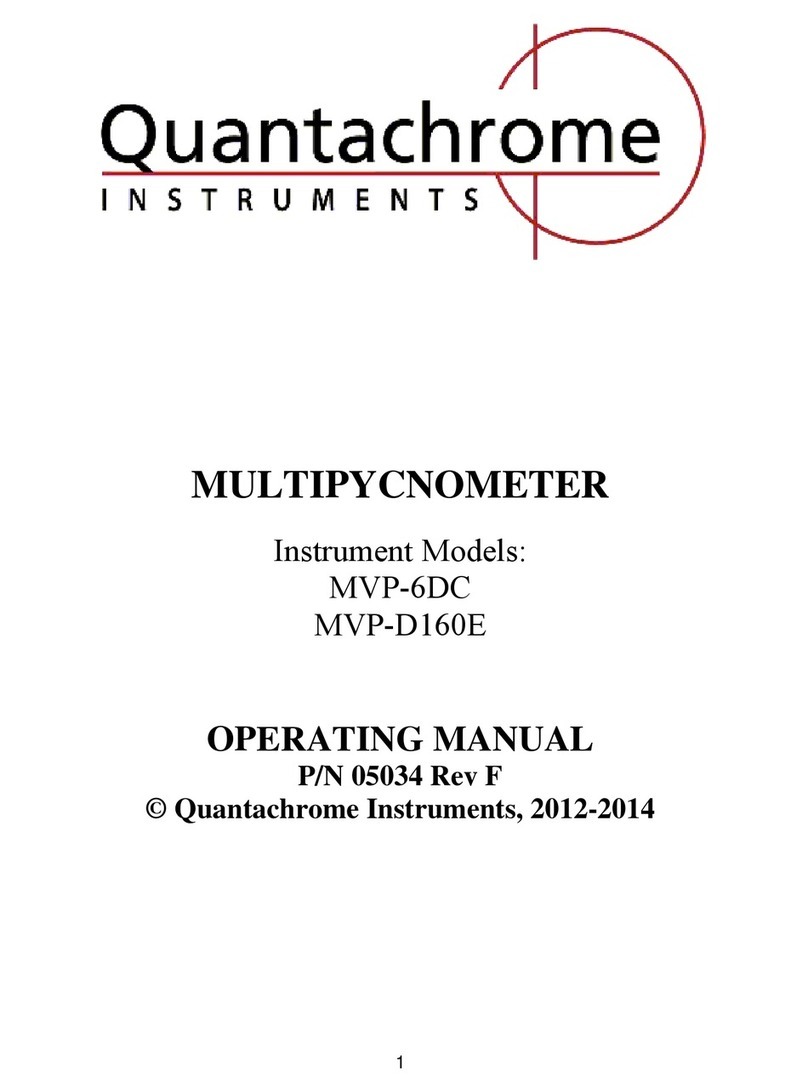
QUANTACHROME INSTRUMENTS
QUANTACHROME INSTRUMENTS MVP-6DC operating manual
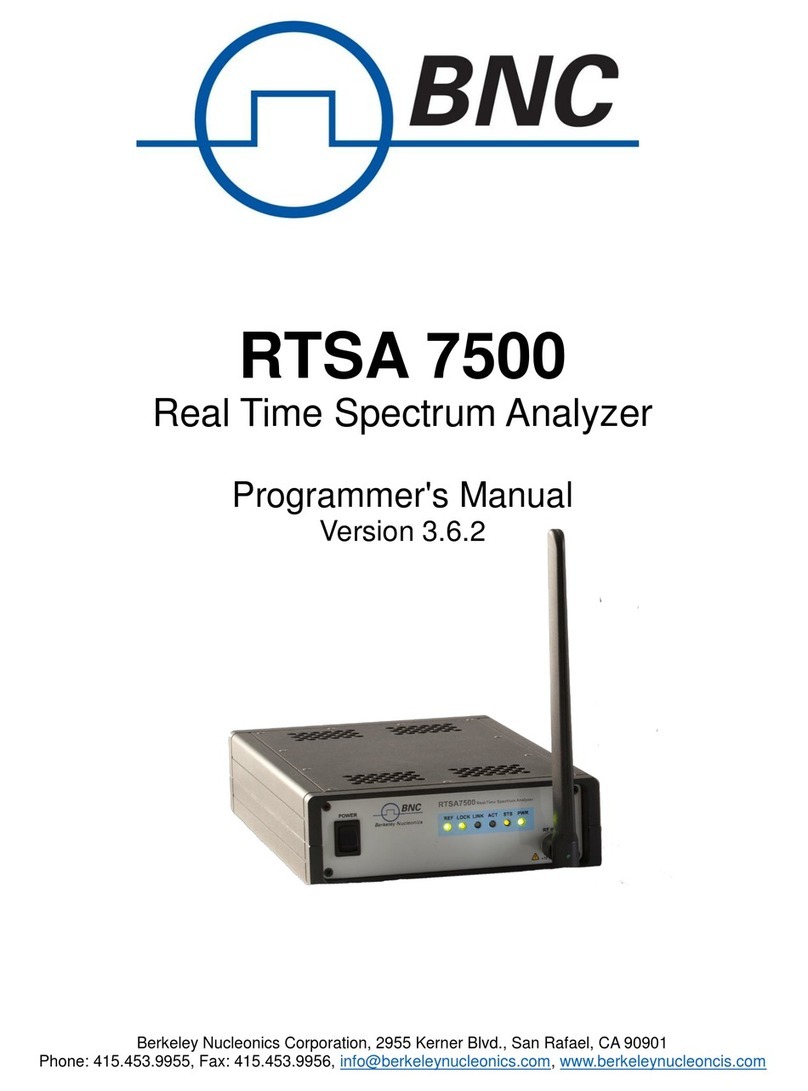
BNC
BNC RTSA 7500 Programmer's manual
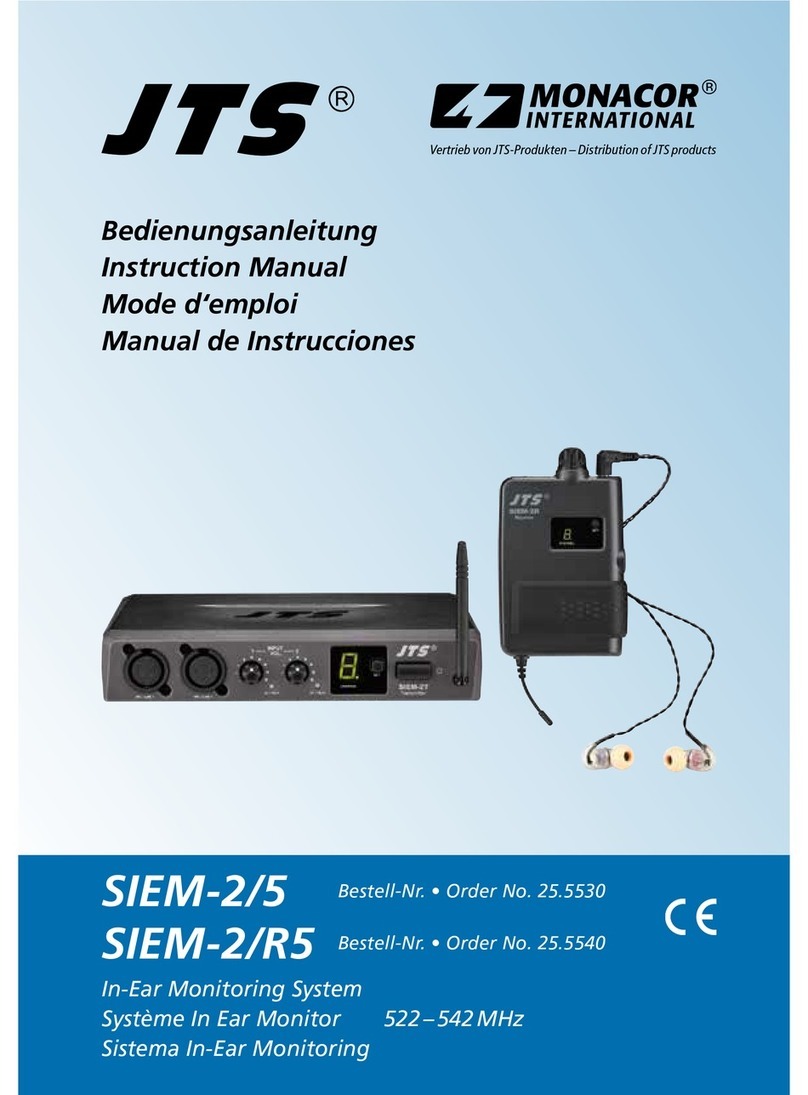
Monacor
Monacor JTS SIEM-2/5 instruction manual

Circutor
Circutor DM45 V installation guide
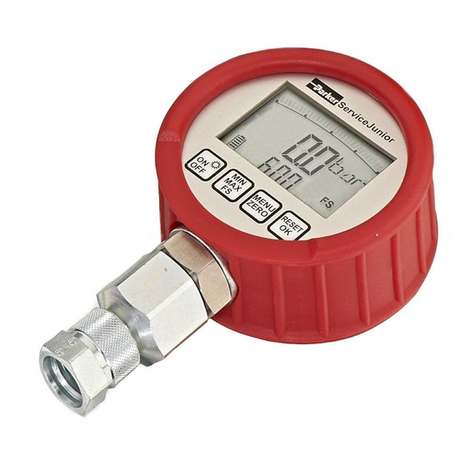
Parker
Parker SensoControl ServiceJunior Series operating instructions
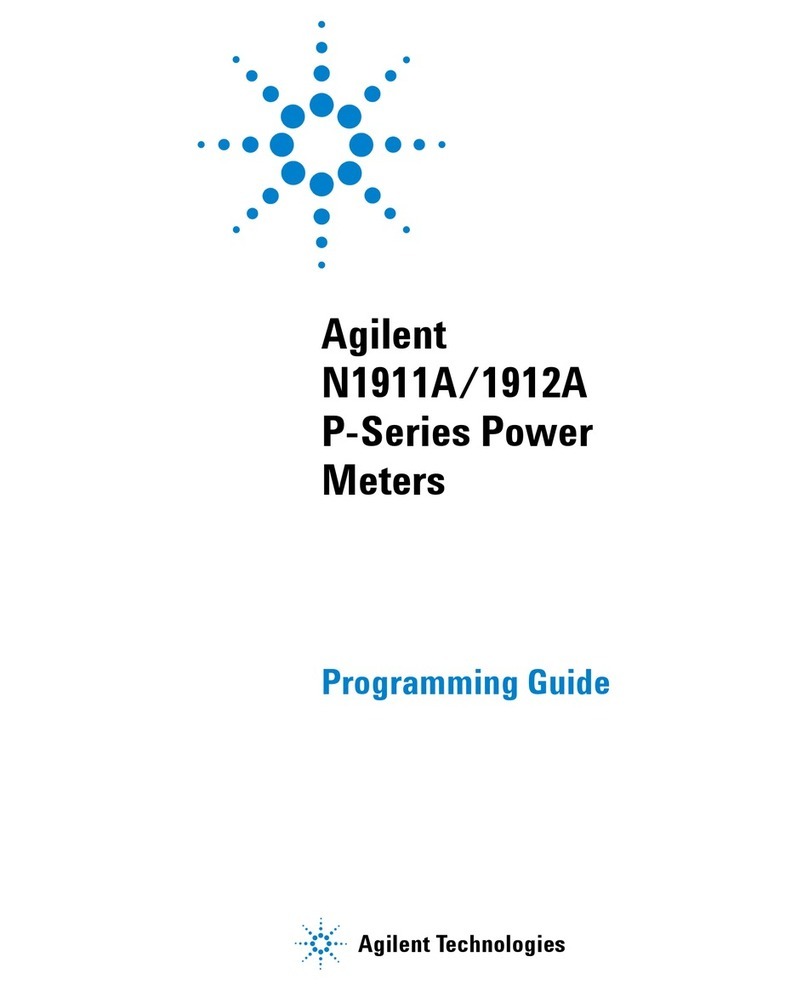
Agilent Technologies
Agilent Technologies N1911A Programming guide
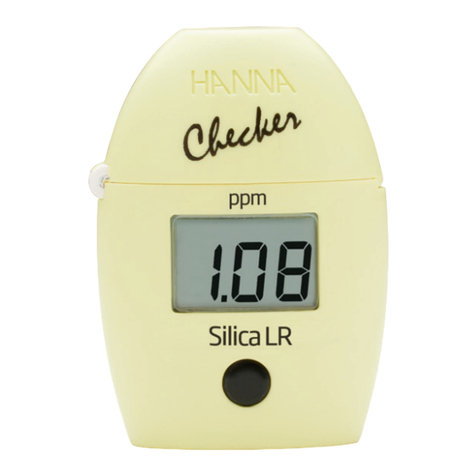
Hanna Instruments
Hanna Instruments HI705 instruction manual

Milwaukee
Milwaukee PRO MI415 user manual
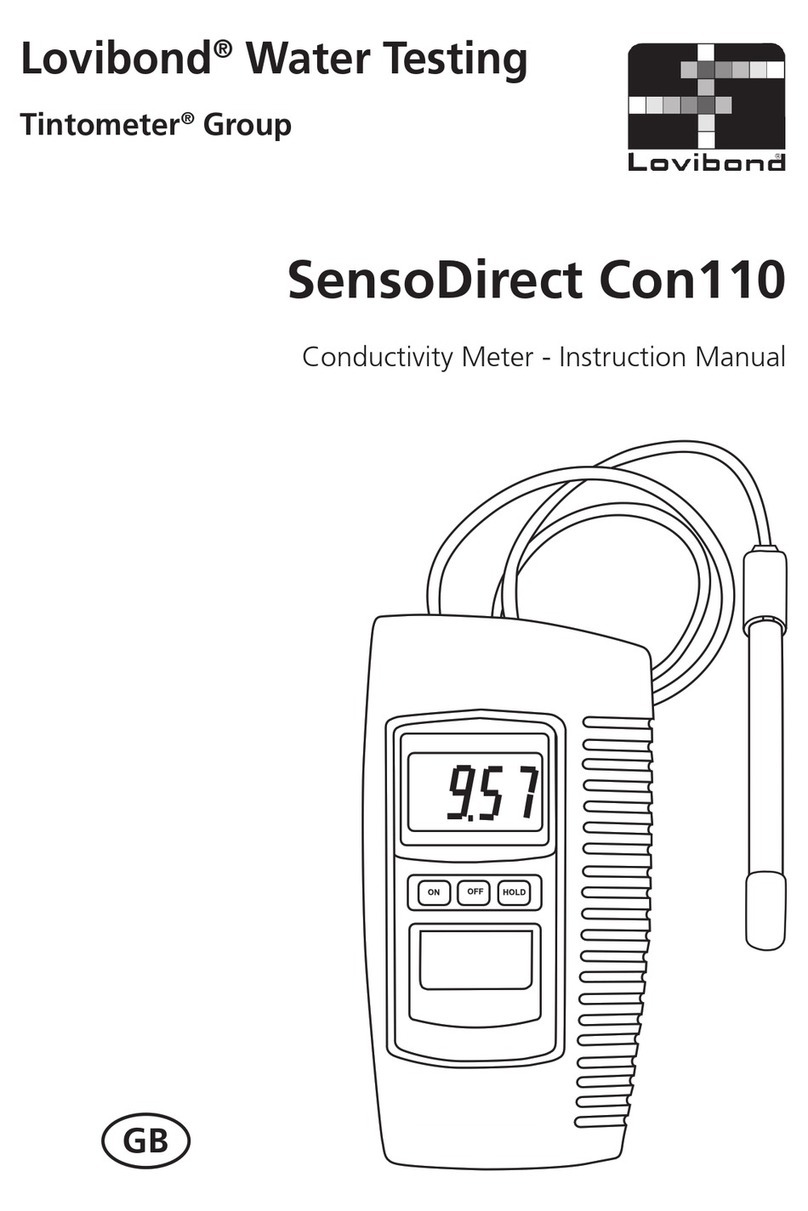
Lovibond
Lovibond Tintometer SensoDirect Con110 instruction manual
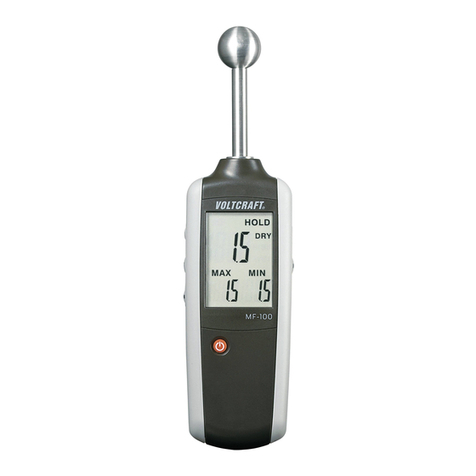
VOLTCRAFT
VOLTCRAFT MF-100 operating instructions
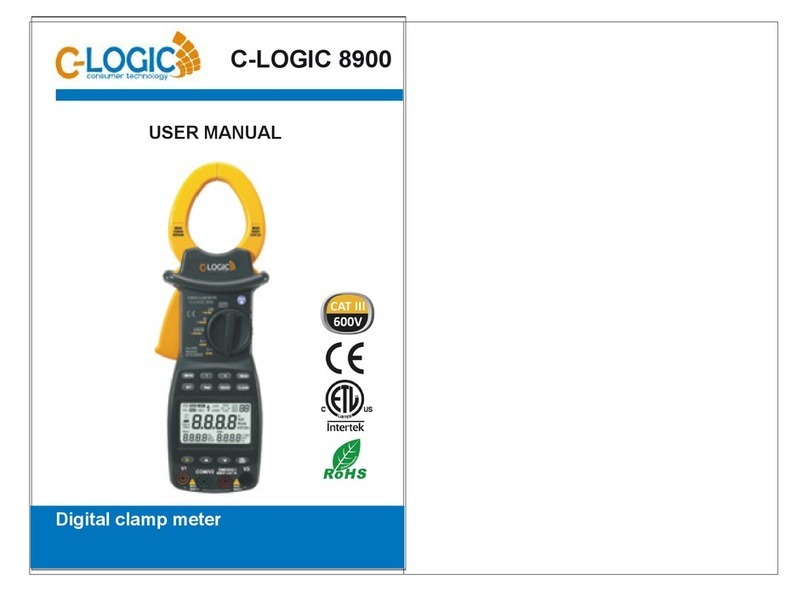
C-LOGIC
C-LOGIC 8900 user manual
